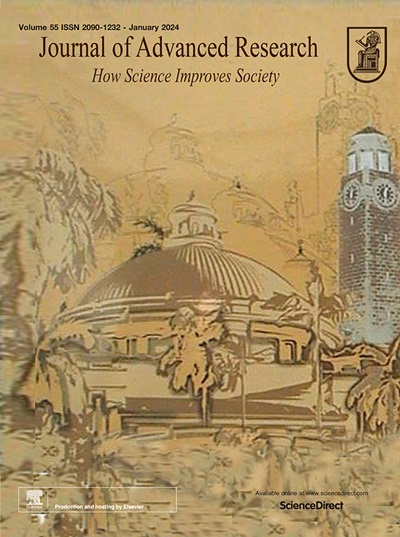Therapeutic role of caveolin family in stem cell fate and development for management of chronic degenerative diseases: A scientometric study to an in-depth review
IF 11.4
1区 综合性期刊
Q1 MULTIDISCIPLINARY SCIENCES
引用次数: 0
Abstract
Background
Caveolins (CAV), a family of integral membrane proteins, are involved in regulating stem cell fate, which are critical for tissue repair and regeneration. Drawing from scientometric studies and comprehensive research, this review investigates the mechanisms by which CAV regulates stem cell fate can improve the efficiency and accuracy of stem cell therapy in treating chronic degenerative diseases (CDD). For instance, CAV1 inhibits neuronal differentiation of neural stem/progenitor cells (NSCs/NPCs) by downregulating VEGF, p44/42MAPK phosphorylation and NeuroD1 signaling pathway following ischemic stroke, while CAV3 interacts with MG53 to enhance the therapeutic effects of bone marrow mesenchymal stem cells (BMSCs) in diabetic wound healing by activating the eNOS/NO signaling pathway.Aim of review
Our review aims to elaborate the impact of CAV on diverse stem cell populations and regulatory mechanisms, as well as point out novel insights brought by CAV and stem cell therapy in the management of CDD, such as stroke, Alzheimer’s disease (AD), Parkinson’s disease (PD), diabetes, pulmonary arterial hypertension (PAH), breast cancer and liver cancer.Key scientific concept of review
Based on scientometrics studies, this review synthesizes current analyses of the CAV family’s role in determining the fate of various stem cell populations, thereby providing new perspectives for the prevention and treatment of CDD.

小窝蛋白家族在慢性退行性疾病的干细胞命运和发展中的治疗作用:一项深入的科学计量学研究综述
caveolins (CAV)是一个完整的膜蛋白家族,参与调节干细胞的命运,对组织修复和再生至关重要。本文从科学计量学研究和综合研究的角度,探讨了CAV调控干细胞命运的机制,从而提高干细胞治疗慢性退行性疾病(CDD)的效率和准确性。例如,CAV1通过下调缺血性卒中后VEGF、p44/42MAPK磷酸化和NeuroD1信号通路抑制神经干/祖细胞(NSCs/NPCs)的神经元分化,而CAV3通过激活eNOS/NO信号通路与MG53相互作用,增强骨髓间充质干细胞(BMSCs)对糖尿病创面愈合的治疗作用。本综述旨在阐述CAV对不同干细胞群体的影响及其调控机制,并指出CAV和干细胞治疗在卒中、阿尔茨海默病(AD)、帕金森病(PD)、糖尿病、肺动脉高压(PAH)、乳腺癌和肝癌等CDD的治疗中带来的新见解。基于科学计量学研究,本综述综合了CAV家族在决定各种干细胞群体命运中的作用的现有分析,从而为CDD的预防和治疗提供了新的视角。
本文章由计算机程序翻译,如有差异,请以英文原文为准。
求助全文
约1分钟内获得全文
求助全文
来源期刊

Journal of Advanced Research
Multidisciplinary-Multidisciplinary
CiteScore
21.60
自引率
0.90%
发文量
280
审稿时长
12 weeks
期刊介绍:
Journal of Advanced Research (J. Adv. Res.) is an applied/natural sciences, peer-reviewed journal that focuses on interdisciplinary research. The journal aims to contribute to applied research and knowledge worldwide through the publication of original and high-quality research articles in the fields of Medicine, Pharmaceutical Sciences, Dentistry, Physical Therapy, Veterinary Medicine, and Basic and Biological Sciences.
The following abstracting and indexing services cover the Journal of Advanced Research: PubMed/Medline, Essential Science Indicators, Web of Science, Scopus, PubMed Central, PubMed, Science Citation Index Expanded, Directory of Open Access Journals (DOAJ), and INSPEC.
 求助内容:
求助内容: 应助结果提醒方式:
应助结果提醒方式:


